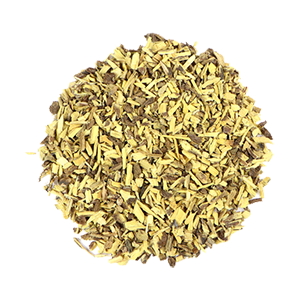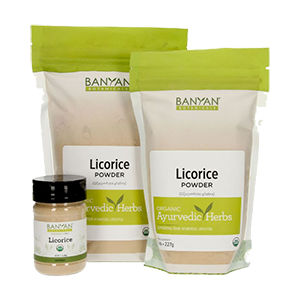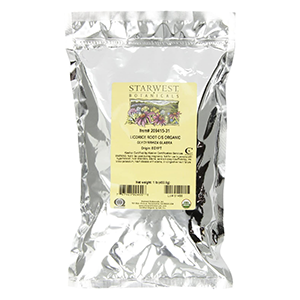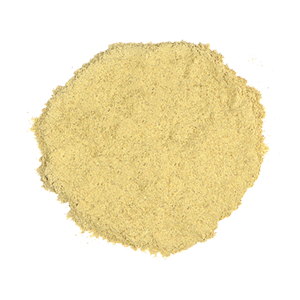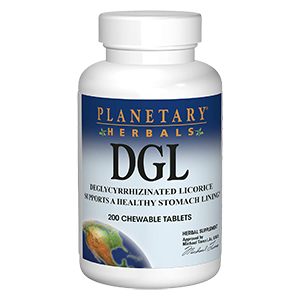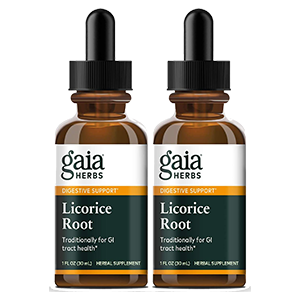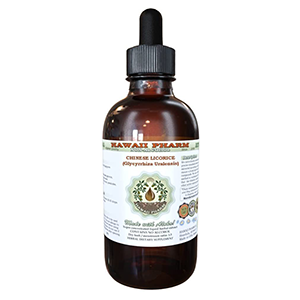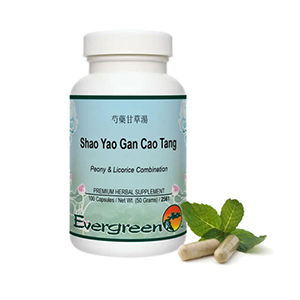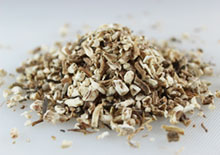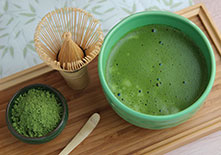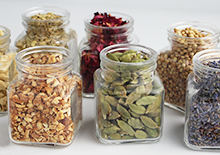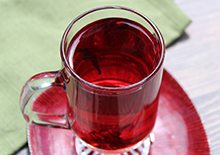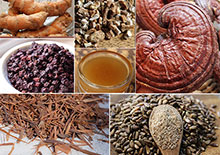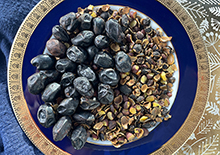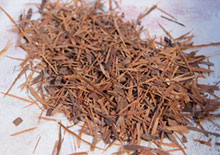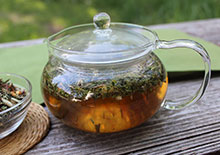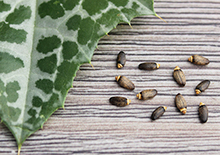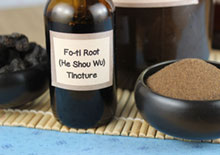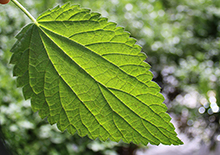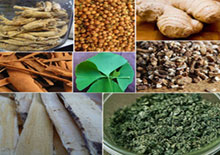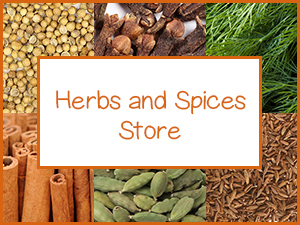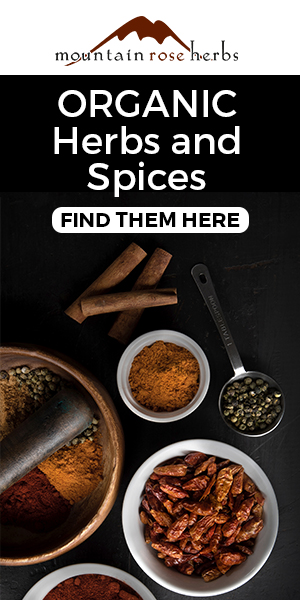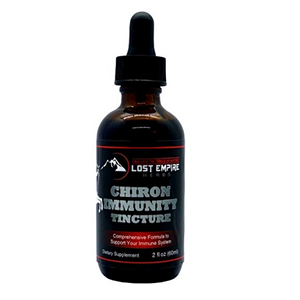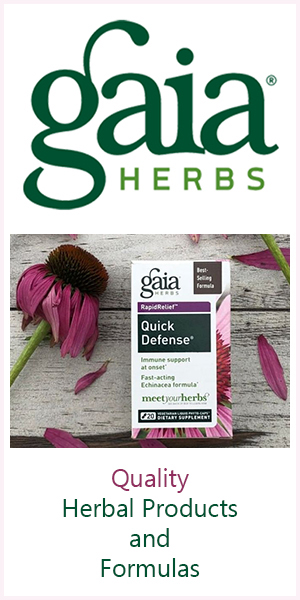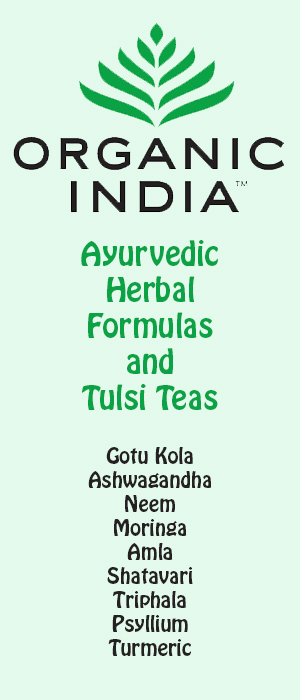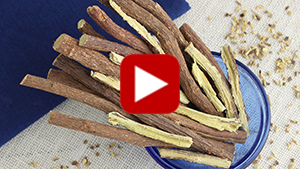- Home
- List of Herbs
- Licorice Root
Licorice Root Benefits in Different Herbal Traditions
What is Licorice Root? | Benefits in Western Herbalism | Benefits in Ayurveda and Chinese Herbalism | How to Use | Precautions | Shop
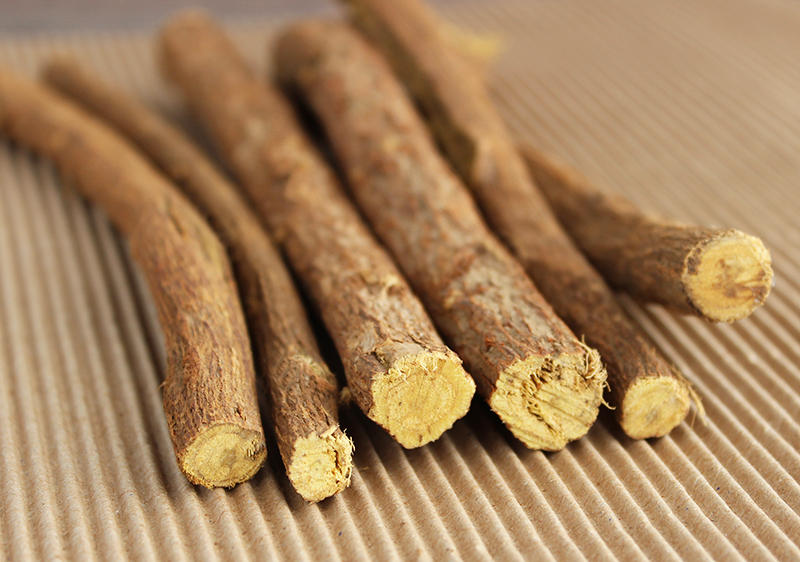
Licorice root has been one of the most widely used herbs in many herbal traditions of the world because of its concentrated triterpenoid saponins and other health-promoting constituents. All species come from the genus Glycyrrhiza and are members of the legume or pea family. The word Glycyrrhiza is derived from the Greek word glykorrhiza, meaning "sweet root."
While the appearance of the root looks like an ordinary wood-like stick or branch you might find on a forest floor when you chew on a piece there is a distinctly sweet taste.
Table of Contents
What is Licorice Root? | Benefits in Western Herbalism | Benefits in Ayurveda and Chinese Herbalism | How to Use | Precautions | Shop
It is not edible in this woody state, however, but is used in herbal preparations as a tea or supplement.
Most people either love the thick earthy-sweet flavor of licorice root or they don't. Sometimes though, this can depend on quantity used with other herbs. It typically only takes a small amount to provide benefits as well as a very sweet quality.
The Glycyrrhiza glabra species produces long slender sticks with a yellow fibrous center is sold whole, in sliced strips and pieces, or as a powder. Glycyrrhiza uralensis, also known as Chinese licorice, is usually derived from larger roots that are commonly found sliced for use in tea decoctions.
Cultivated in Europe since the 16th century, it is also spelled "liquorice" which is the British spelling.
Learn more about licorice root extract and potential side effects of glycyrrhizin.
Many people associate the term "licorice" with the black licorice confection or candy that utilizes a combination of licorice extract, molasses, and anise oil to produce its characteristic liquorice-like flavor. Licorice root and black licorice are not synonyms, however.
Black licorice candy does not contain whole licorice and its naturally occurring components but is composed of an isolated root-derived substance, known as glycyrrhizin.
Licorice root contains the aromatic compound anethole, which is also
the main aromatic flavoring present in both fennel and aniseed and there
is no coincidence that it likewise goes well with these two herbs.
In
the Netherlands, dried sticks of the root were especially popular as a
type of wood candy to chew on called "zoethout". It is often reported
that many famous historical figures like Alexander the Great, Julius
Caesar and Napoleon were known to carry licorice root chewing sticks
with them for energy and hydration.
Further below we will discuss the traditional uses of licorice root in the three top herbal systems of the world but first, what is glycyrrhizin and some of the potential side-effects it is often claimed to have?
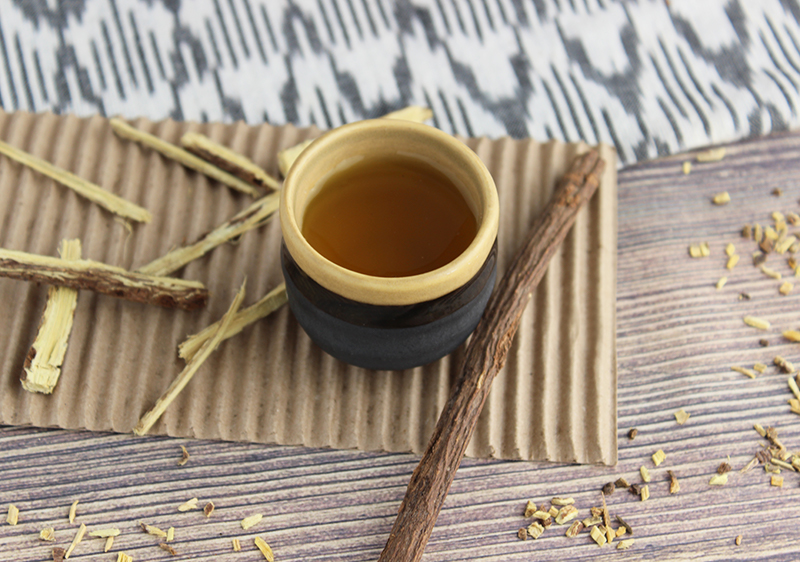
Licorice Root Benefits in Traditional Western Herbalism
The root of the Glycyrrhiza glabra species has long been used for its exceptionally sweet quality that is customarily boiled in water as a tea or used in herbal formulations. Many herbalists and early healers in fact consider it an essential item to have in one's Materia medica and herbal apothecary.
In what is commonly referred to as "Western herbalism" or the combined traditions of both Europe and the Americas, licorice root has long been used for its support to healthy DIGESTION and RESPIRATORY function.
It promotes a calming influence on stomach upset with a mild laxative effect on the bowels as well as acts as an expectorant to facilitate the loosening and coughing up of mucus from the respiratory tract. It is also well-known for its ability to lubricate a sore throat.
These actions are in part due to the root's demulcent qualities when infused or simmered in water. Its soothing anti-inflammatory attributes have been used as an herbal folk therapy for conditions like gastric ulcers.
While straight licorice tea can provide a health-enhancing influence, frequently licorice root is not typically used on its own. This is because it is considered a fortifying "supportive herb" as it synergistically blends very well with other herbs, helping to "harmonize" the herbal formulation, ultimately making it potentially more effective.
The addition of licorice root into tea recipes also simultaneously helps to improve the flavor of many herbs, especially those of a bitter nature.
Two isoflavonoid compounds specific to licorice root are GLABRIDIN and GLABRENE. They have been shown in research to possess estrogenic-like activity which coincides with the herb's traditional use for women going through MENOPAUSE.
Also, one of the most popular uses for licorice root in its natural form is as an ADRENAL TONIC. The main sweet compound glycyrrhizin or glycyrrhetinic acid, because of its mineralocorticoid actions when metabolized, is believed to support normal cortisol levels and a balanced response to stress. (Source) It is known to be helpful for adrenal exhaustion as well as adrenal-related menopausal symptoms.

Licorice Root Benefits in Ayurveda and Chinese Herbalism
1) Benefits in Ayurveda
2) Benefits in Chinese Herbalism
Licorice Root as an Ayurvedic Herb
Glycyrrhiza glabra licorice species is widely incorporated into herbal formulations in the Ayurvedic system. As with many herbs in Ayurveda, the straight root powder is more frequently used.
The root and its sweet and slightly bitter taste is a very common ingredient to find blended with many of the rasayana or rejuvenating tonics and helps to balance hot herbal spices like ginger.
It is also considered to be a Sattvic herb, a nourishing and vitalizing characteristic that is believed to encourage calmness and contentment.
It is described to have a heavy unctuous quality and sweetness which helps to nourish excess Vata and counteract dryness, while its cooling influence is pacifying to excess heat, inflammation, or Pitta conditions.
Regarding its benefits to the respiratory system, it can help to remove excess mucus via its moistening properties and promotes clear breathing. Its lubricating effect supports normal elimination and digestive functions. It is common to find licorice root in many formulations for the lungs and digestion.
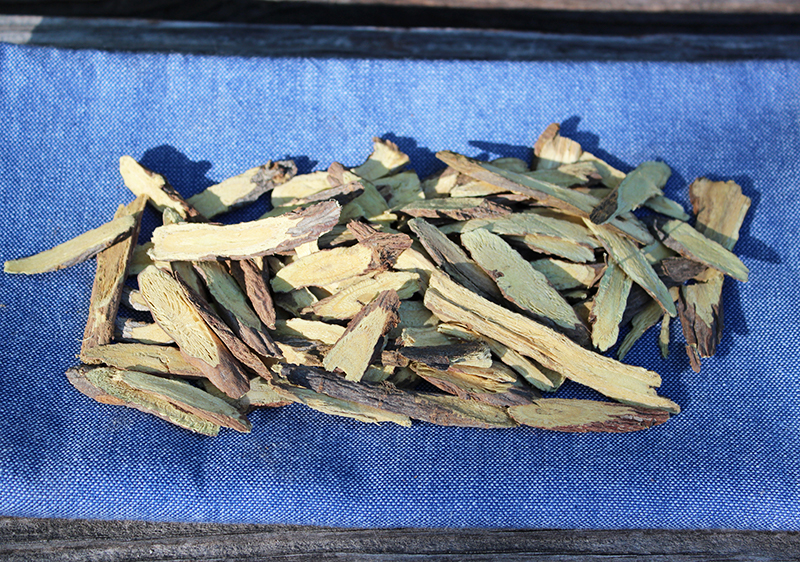
What is Chinese Licorice Root?
Also called Gancao 甘草 or radix glycyrrhizae, Chinese licorice is one of the major tonic herbs in Chinese herbalism.
Chinese licorice is a different species than common licorice (Glycyrrhiza glabra), the main one used in Ayurveda and Western herbalism. It comes from the plant species Glycyrrhiza uralensis and typically has larger roots than the G. glabra variety. It is said to possess similar as well as different compounds and frequently believed to have a more calming, relaxing effect by comparison.
It is called "the great harmonizer" for its harmonizing or supporting influence when used with other Chinese herbs and a common ingredient in many Chinese patent formulas or herbal preparations. It is in fact one of the most widely used herbs in the traditional Chinese system with some sources reporting over half of Chinese herbal formulas utilizing the root of Glycyrrhiza uralensis.
Likewise known as "the great detoxifier" because it is thought to help support the detoxification process and drive poisons from the body, especially those related to excess food or alcohol.
It is a Chi (energy) tonic that is claimed to be beneficial to the spleen, stomach, kidney, and lung systems. It is also one of the few herbal substances that enters all twelve meridians.
Chinese licorice, like common licorice, has properties that help to support digestion and respiratory functions. It has also been researched as a natural anti-inflammatory.
It is considered an adaptogen and regarded as building to the muscles and nourishing to the adrenals.
The taste is very much like common licorice root. It is mostly available in bulk as root slices.
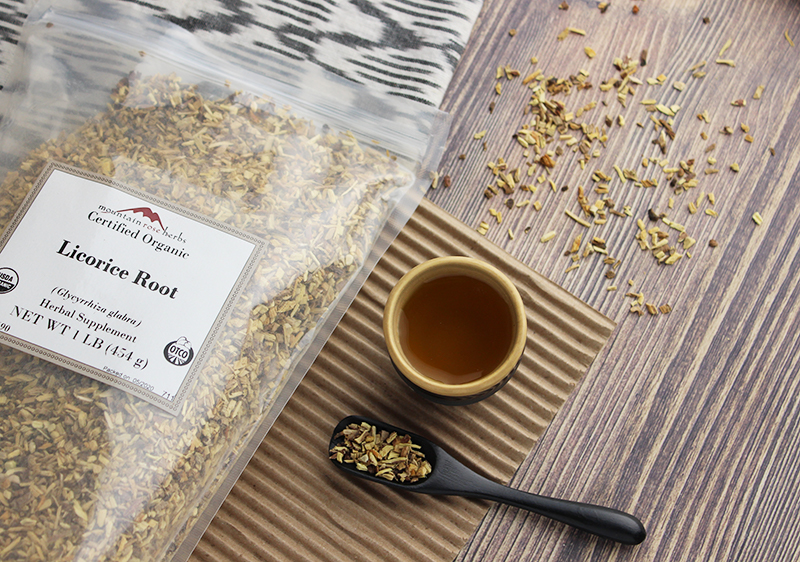 This page is sponsored by Mountain Rose Herbs. However, opinions expressed here are completely our own.
This page is sponsored by Mountain Rose Herbs. However, opinions expressed here are completely our own.How to Use
Dried licorice root comes in the form of whole or sliced sticks, root pieces, and finely ground powders.
Dried roots or pieces can be infused or decocted (simmered) for about 10 minutes to make licorice tea. Likewise, the powders can be added directly to hot water. Powdered licorice root can also be used periodically as a type of sweetener in many beverages.
Licorice naturally goes well with peppermint, tulsi, fennel, anise, and many spices like cinnamon, ginger, clove, and cardamom. We use it, with some of these spices in our elderberry syrup recipe.
It is best to use licorice in small amounts as a little goes a long way as far as sweetness.
For the dried root pieces, try 1/2 - 1 teaspoon per cup of hot water or 1/8 - 1/4 teaspoon of the dried powder.
Licorice powder can also be kept on hand for adding sweetness when preparing foods like soups, sauces, gravies, and can be blended in moderation with other sweeteners in dessert recipes.
Try using licorice root powder in our cooling summertime jaljeera drink recipe.
Precautions:
Licorice root should be avoided if pregnant, nursing, or if you have hypertension. Always consult your healthcare professional before using licorice herb or supplements if you have a medical condition or are taking any prescribed or over-the-counter medications.
Shop Related Products (About Affiliates & Amazon Associate Paid Links)
Affiliate Disclaimer: This section contains affiliate product links. If you make a purchase through our recommended links, we receive a small commission at no additional cost to you. Thanks for the support.

